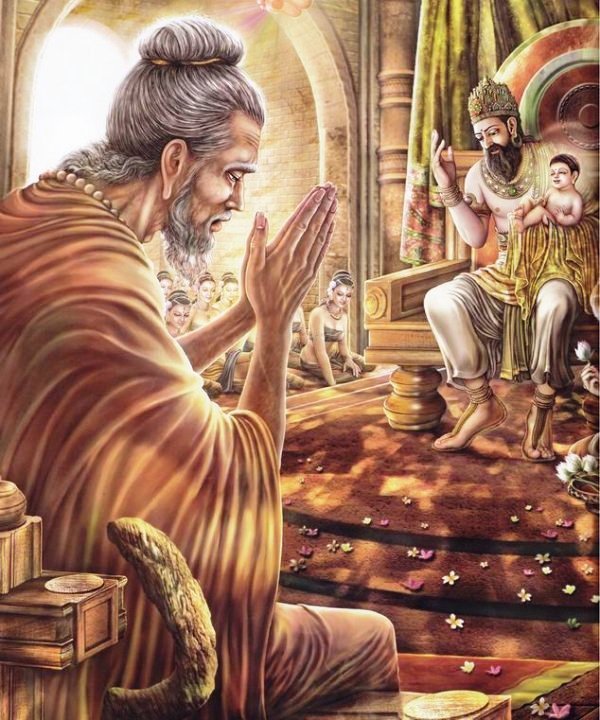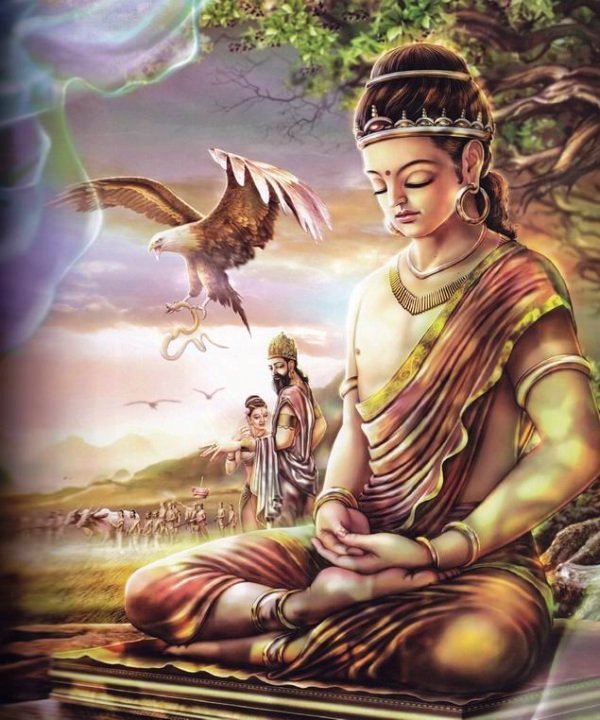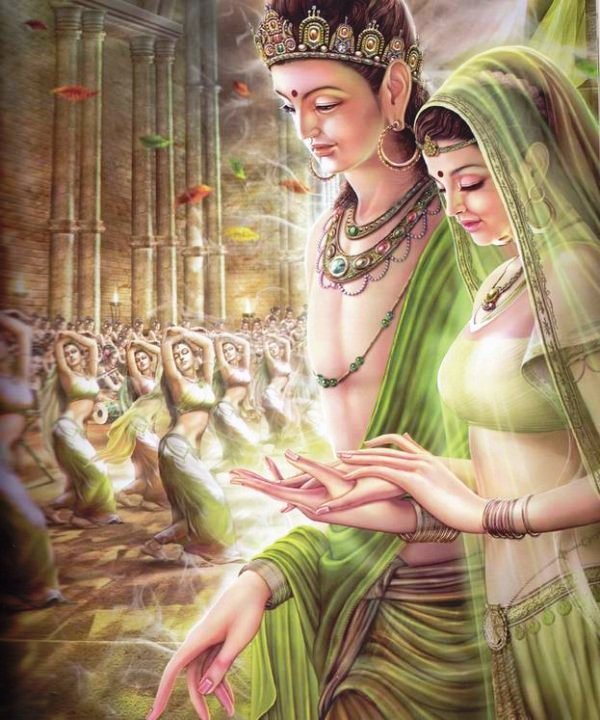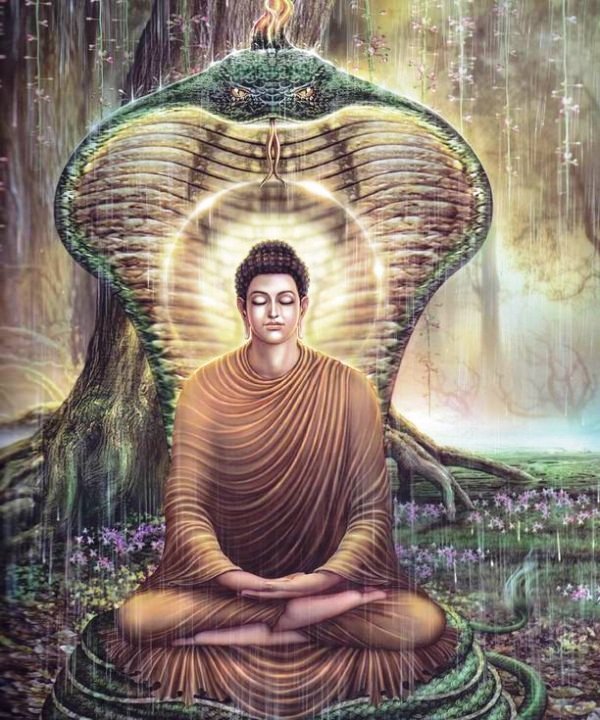Lord Ganesha is a popular deity of Hinduism. He is denoted by His elephant head, big belly, His mount and a small mouse. Ganesha epitomises wisdom and knowledge. He is the Vighnaharta or the destroyer of all obstacles. Ganesha's elephant head is the symbol of wisdom, and His long ears signify that He hears everything that His devotees say.
In India, Lord Ganesha is worshiped before the commencement of almost every task. He is worshiped first in almost all rituals of Hinduism. In fact, Lord Ganesha is almost synonymous with the beginning of any work. Ever wondered why is it that we worship Ganesha first? Let's find out.

What The Scriptures Say
According to the Ganapati Upanishad, Lord Ganesha appeared even before the creation of nature (prakriti) and consciousness (purusha). This is an important link as to why Lord Ganesha is worshiped before beginning any task. According to this scriptures, Lord Ganesha is eternal and He appeared even before the process of creation.
Mythology
Once Goddess Parvati instructed Lord Ganesha to guard the gates and not to let anybody enter. As Ganesha stood on guard, Lord Shiva came and headed towards his room. When He was prevented from entering the house by Ganesha, Lord Shiva became furious and chopped off Ganesha's head. Hearing Ganesha's scream, Goddess Parvati came running and on seeing Ganesha's plight she became furious. She pledged to destroy the world if Her son was not brought back to life.
Then Lord Shiva replaced Ganesha's head with an elephant's and brought Him back to life. Seeing this condition of Her son, Parvati became extremely sad. So, Lord Shiva bestowed Ganesha with divine powers and declared that no puja or good work will ever be deemed complete without invoking Lord Ganesha's name and blessings.
Hence, Lord Ganesha became the 'pratham pujya' or the one who is worshiped first.
Another myth about Ganesha being worshipped first goes like this. Once Ganesha's elder brother Kartikeya declared that He was the best among all Gods. So, Lord Shiva suggested that He and Ganesha would contest a race by circling the universe. The one who returns first will be declared the winner and will be worshiped first. So, Kartikeya happily set out on His peacock to circle the universe. Lord Ganesha being the intelligent one, circled around His parents because for Him his parents were the Universe. So, Ganesha was declared the winner and hence Lord Ganesha is worshiped first.
Yogic Belief
According to the yogic perspective, anything we do has to fall under one of the two categories: material or spiritual. It is believed that Lord Ganesha rules the 'muladhara chakra' of our body. 'Muladhara' is the interface between the material and the spiritual worlds. Lord Ganesha is said to control both these worlds. He is the one who gives the material enjoyments in this world and He is the one who liberates us from the endless cycle of birth and death.
According to the yogic principles, our material life as well as our spiritual journey starts from the 'Muladhara' chakra which is controlled by Lord Ganesha. Hence, to complete our life cycle without any obstacles, we need the blessings of Lord Ganesha.
Since He is the one who gets rid of all the obstacles from our lives, we worship Lord Ganesha before beginning any important work.

















































